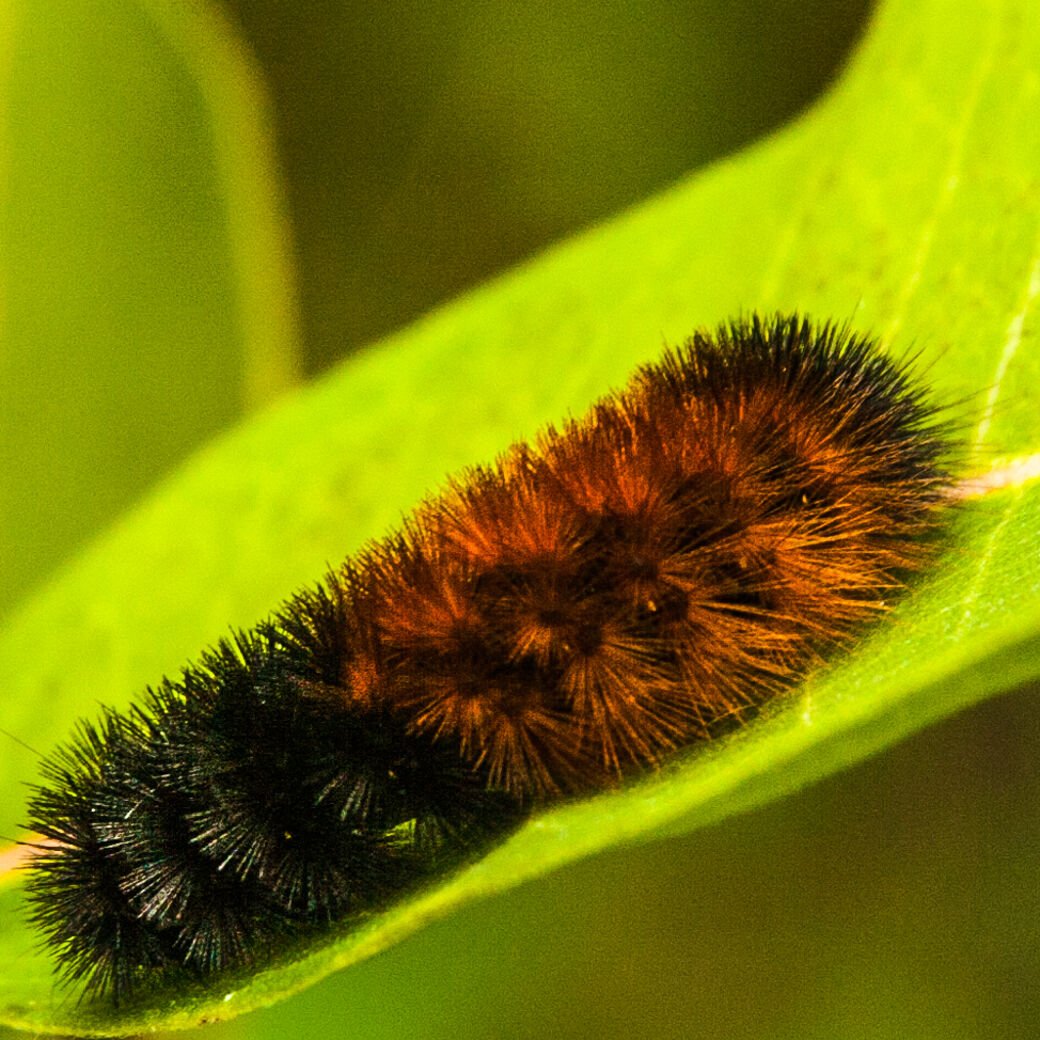

And then they do something even more remarkable.

The compounds in the woolly caterpillar’s body lower its freezing point, buying it some time. It works similarly to when we salt city sidewalks to keep them from becoming icy. They basically make compounds like glycerol that they put into their cells.įurby: In case you’re not familiar with glycerol, it’s a natural alcohol compound. So what some of those caterpillars do is: they use antifreeze. Weiss: They can also do biochemical things and physiological things to make it less likely that they will turn into an ice cube. Weiss: They have more biochemical tricks up their sleeves insofar as caterpillars could be said to have sleeves.įurby: Oh wow, they would have to have like 16 little sleeves! But okay, so what are their options for survival? What they do is a little more biochemical. And so they need to be able to deal with freezing temperatures.įurby: And while the famous furry jacket provides protection, it doesn’t provide the kind of insulation woolly bear caterpillars need for a hard Chicago winter. Weiss: Well, the main thing is that it gets really cold, and they have a lot of water in them, and they can freeze. Weiss: Those hairs are thought to have evolved as a way to protect the caterpillars against predators and maybe against parasitoids that wanna lay their eggs inside the caterpillar’s body.įurby: Yikes, that is a superpowered little jacket actually. She says that spiky little caterpillar jacket has a specific use but not what you might think.

Martha Weiss, a biologist and professor at Georgetown University, who studies plant-insect interactions. Weiss: Those hairs you might think of as a little down jacket for the caterpillar to wear, and I’m sure that they do provide a little bit of insulation.įurby: That’s Dr. The woolly bear caterpillar, like its name, is covered in a spiky looking fuzz. And unless they burrow or cocoon, they’re subject to the wind and rain. I’m Kate Furby, and you’re listening to Science, Quickly.įurby: Unlike humans and other mammals, caterpillars can’t regulate their body temperatures. And while this is based in colonial folklore, not science, what is scientifically amazing is how the woolly bear caterpillar is able to survive winter. These little creatures have an orange waistband stripe, whose width is rumored to predict how long winter might be. I’m talking about the woolly bear caterpillar, or Isabella tiger moth. They’re furry, rotund, and famous for their rumored weather forecasting skills. Martha Weiss: So there are caterpillars that have been reported to be put into an ice cube and frozen, and then when the ice cube melts, they can get up and walk away.įurby: You may have seen them scooting around on leaf litter in the fall. Kate Furby: Some caterpillars have evolved with antifreeze in their body cavities, allowing them to become cater-Popsicles to survive cold winters.


 0 kommentar(er)
0 kommentar(er)
